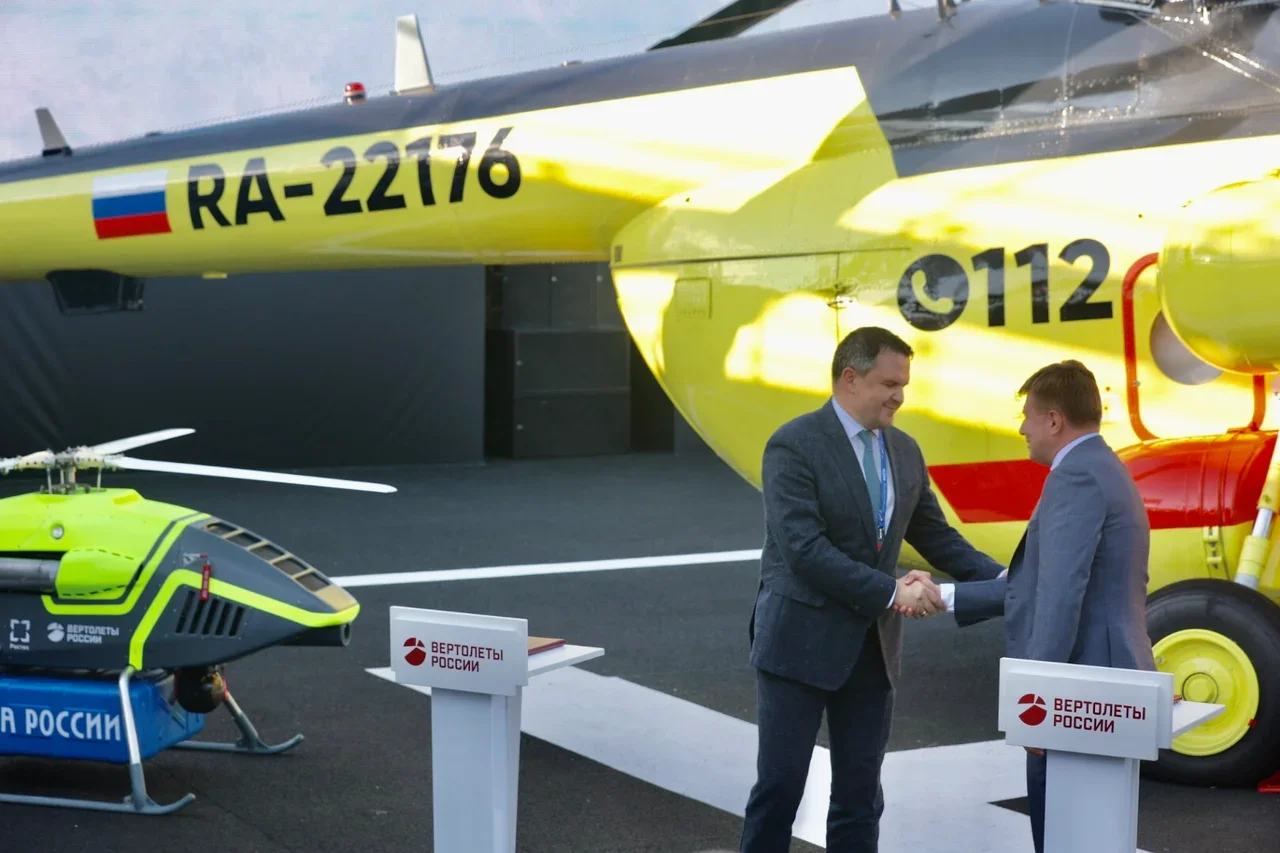|
Russian Helicopters has signed an agreement with
Russian Post on the use of unmanned aircraft (drones) in the
Chukotka Autonomous District.
The first test flights
will take place along the Anadyr-Ugolnye Kopi route in Chukotka by the end of
2021.
Following experimental flights, the parties plan to run
unmanned aircraft on 20 routes and use them to deliver up to 245
tons of mail per year.
Two Russian Helicopters drones -
BAS-200 and VRT300 - will be used for cargo delivery.
"Russia has a huge number of hard-to-reach regions
where unmanned aircraft can cut delivery times in half on average,"
said Maxim Akimov, Director General of Russian Post.
"According to our calculations, the use of the "Aerotaxi"
project in the future will also increase cargo traffic volume by
11 times and at the same time logistics services cost will be
reduced by 1.81 times."

Russian Post plans to launch unmanned delivery on
48 routes in four regions - Chukotka Autonomous District,
Kamchatka Krai, Yamalo-Nenets Autonomous District and Khanty-Mansi
Autonomous District.
"I am confident that this project will create a
solid base for further drone technology implementation to postal
services, which is especially important for Russians who live in
remote and hard-to-reach areas of our large country," said Andrei Boginsky,
Director General of Russian Helicopters. "If the pilot project
becomes successful, we will be ready to sign the first contract
for cargo transportation by drones next year and later on, we will
be able to scale this experience to other regions."
BAS-200 has a
maximum take-off weight of 200 kilograms can be applied for
terrain monitoring, cargo delivery, search and rescue, and
agricultural work. It can reach a speed of up to 160 km/h and is
capable of transporting a load of up to 50 kilograms. The
BAS-200 is capable of flying up to 4 hours at altitudes of up to
3,900 meters. A ground control complex can provide communication
with the drone at a range of up to 100 kilometers. Project
development and flight tests are conducted by the Mil & Kamov
National Helicopter Center.
The VRT300 has a maximum take-off weight of up to 380 kg
and can
be applied for terrain monitoring, cargo delivery, forest
protection activities, search and rescue, and agricultural needs.
The drone can carry a payload of 70 kilograms, reach speeds of up
to 130 km/h and fly a range of up to 325 kilometers. The actual
flight is 5,800 meters and the maximum flight time is 5 hours. The
VRT300 was designed by VR-Technology.
Andrey Boginsky and Maxim Akimov
signed the deal at the MAKS-2021 International Aviation and
Space Show.
See latest
Travel Industry News,
Video
Interviews,
Podcasts
and other
news regarding:
Drones,
Mail,
Post,
Russia,
Russian Helicopters,
Unmanned.
|
Headlines: |
|
|
